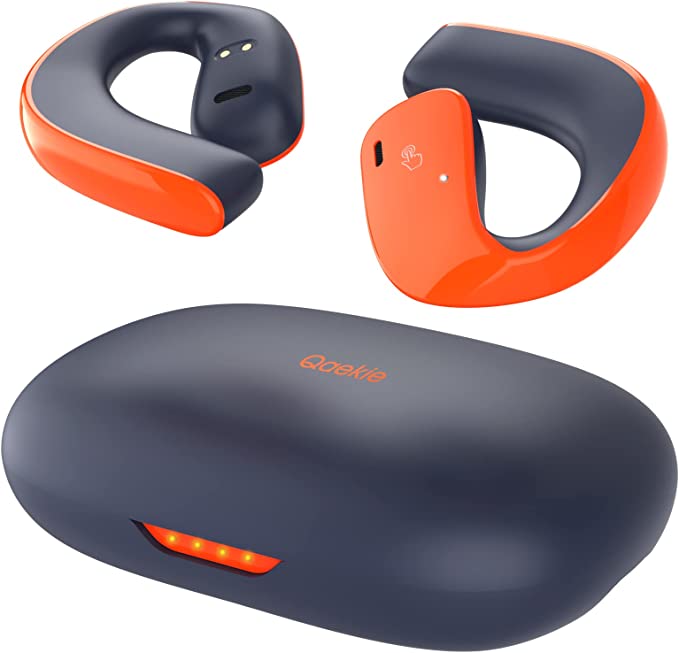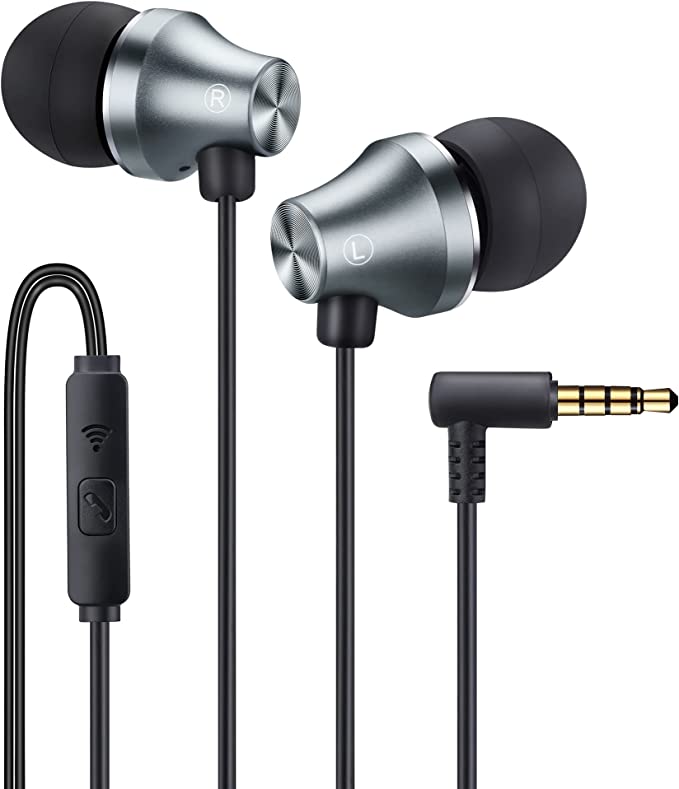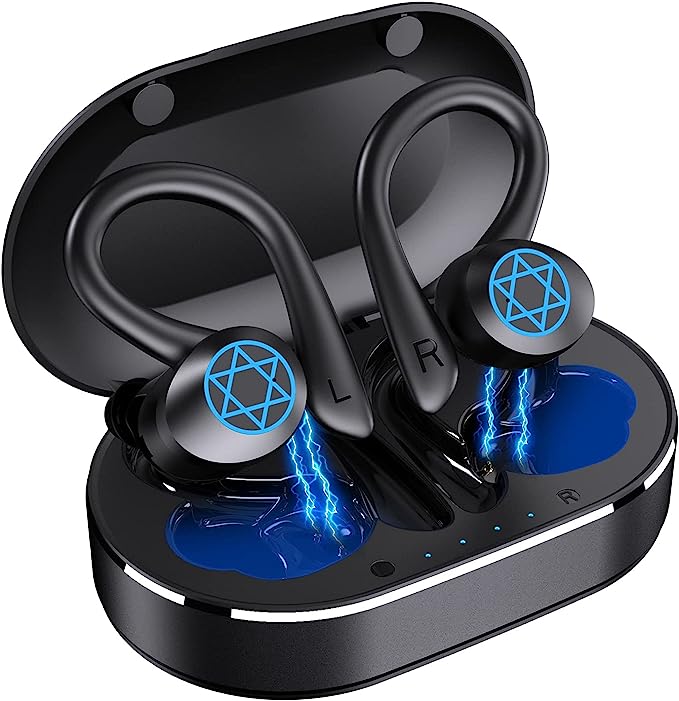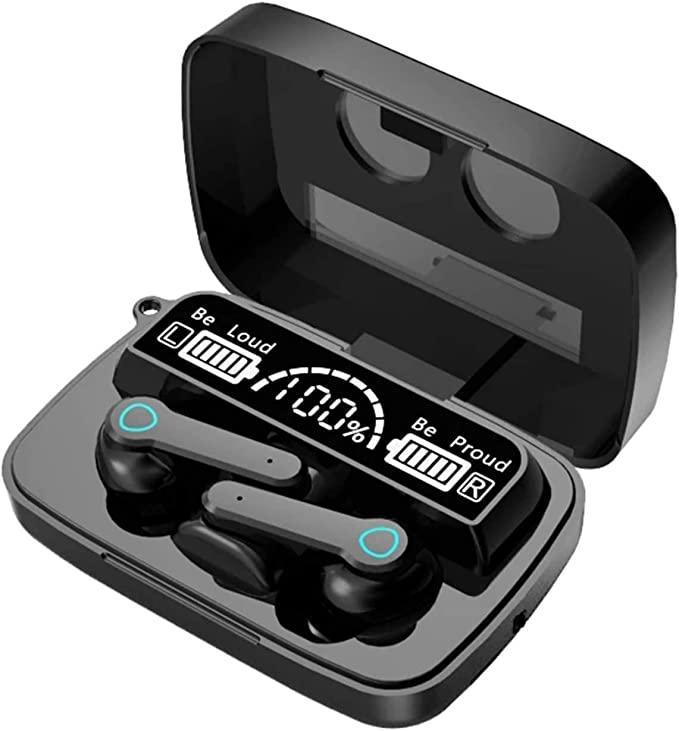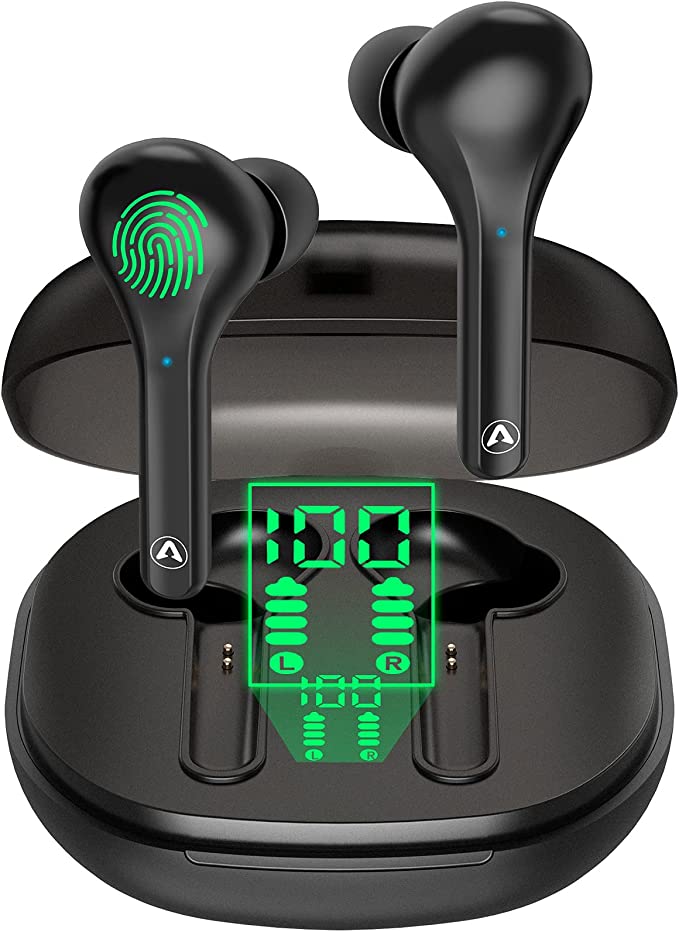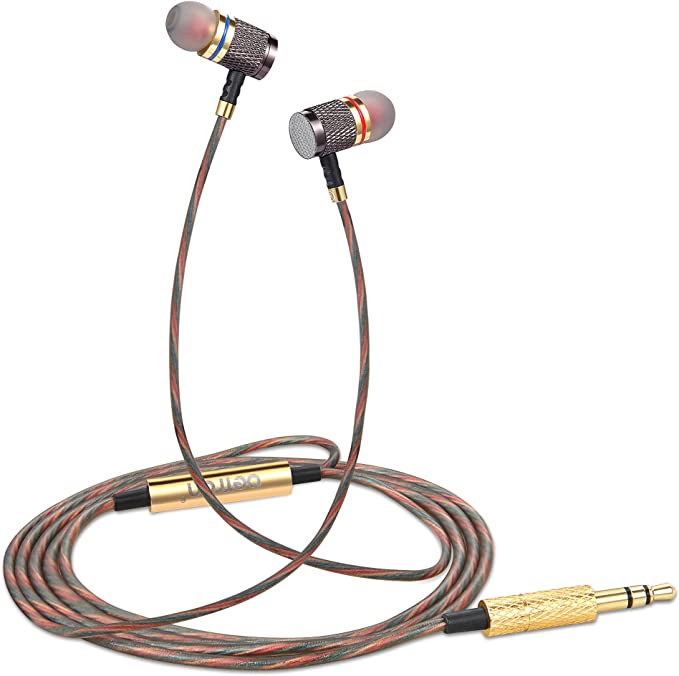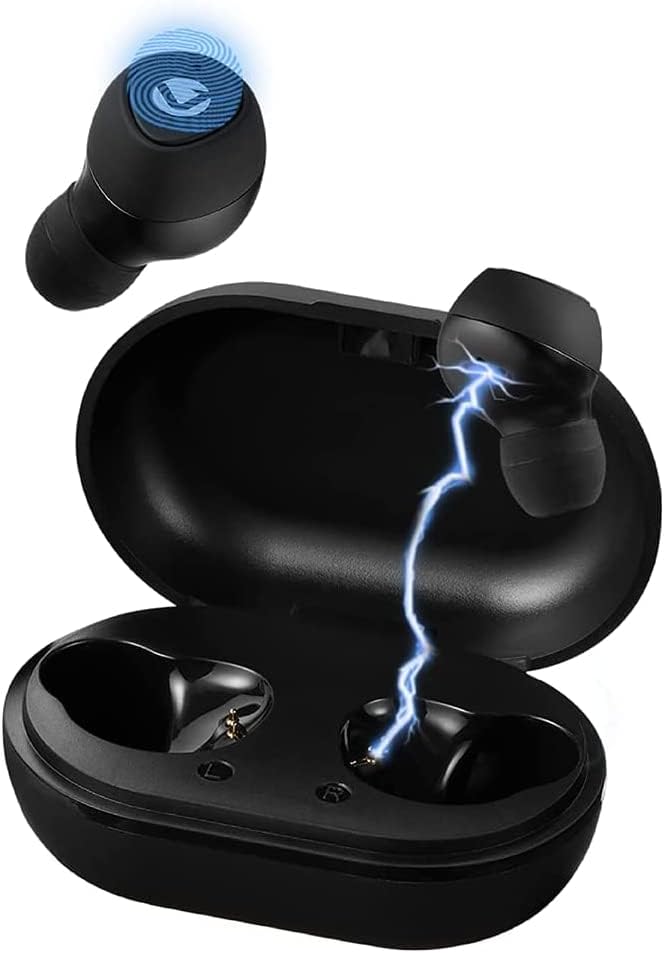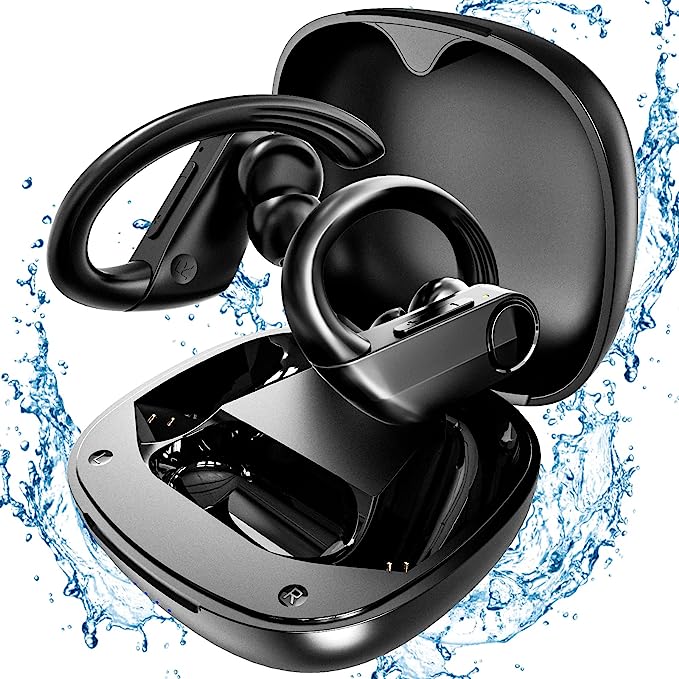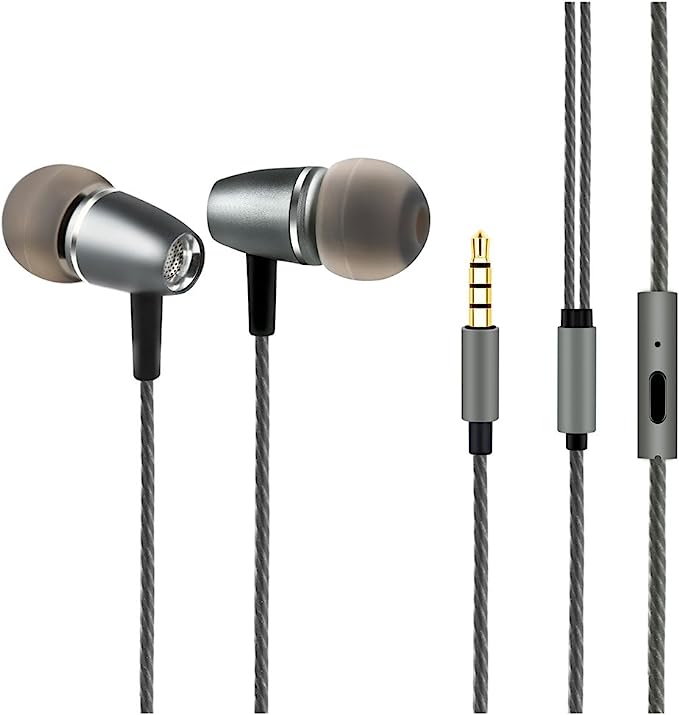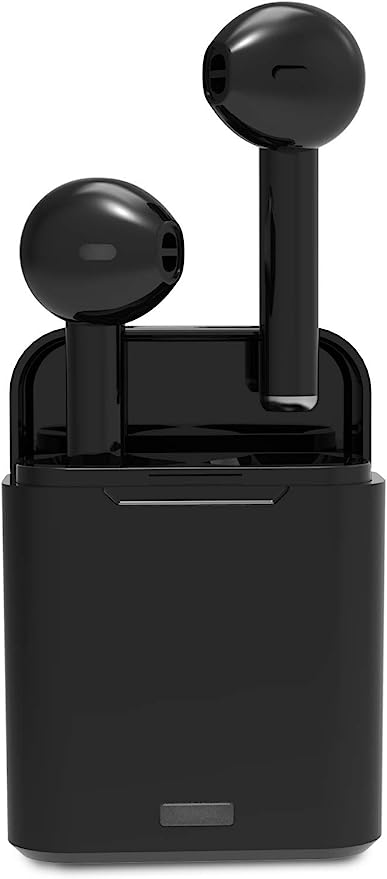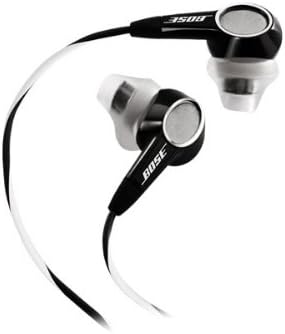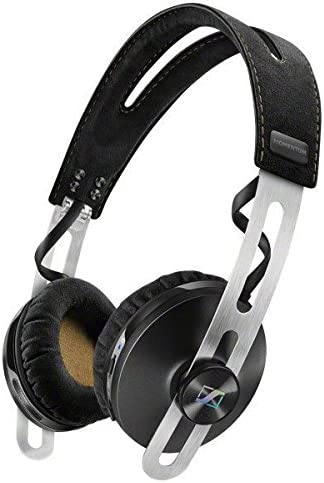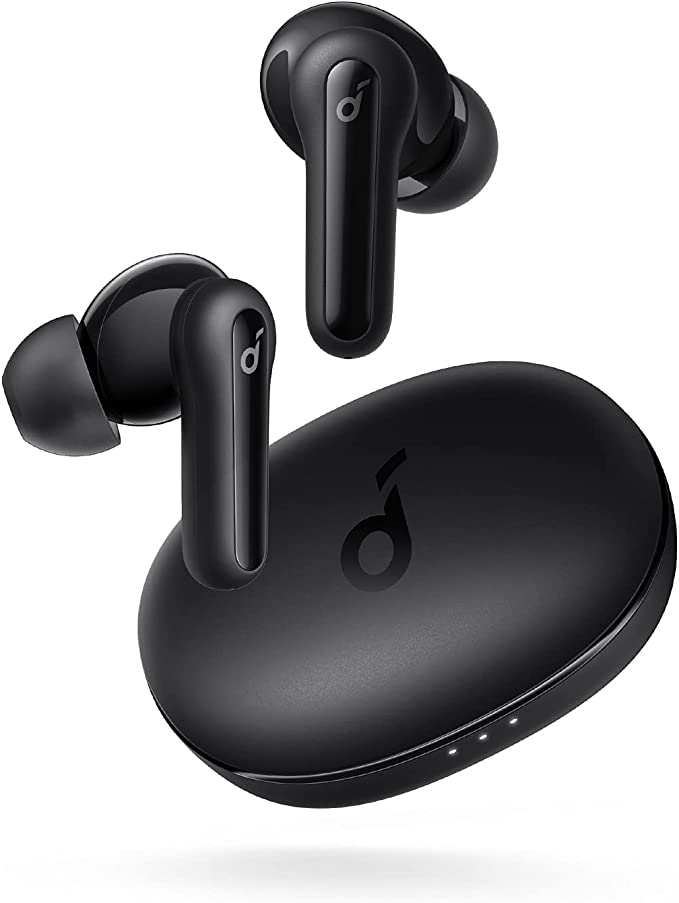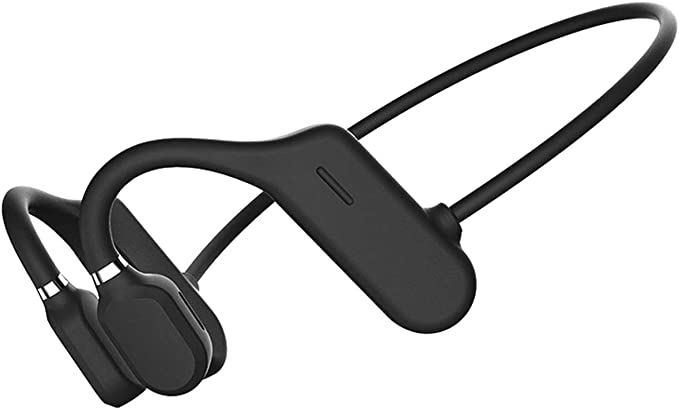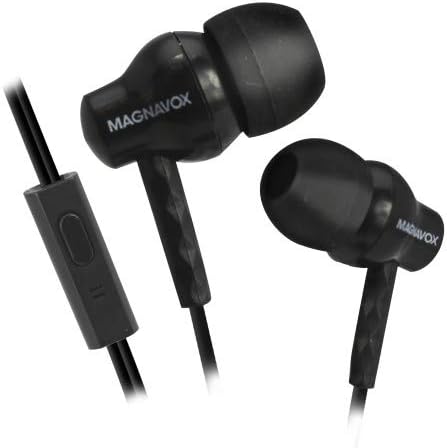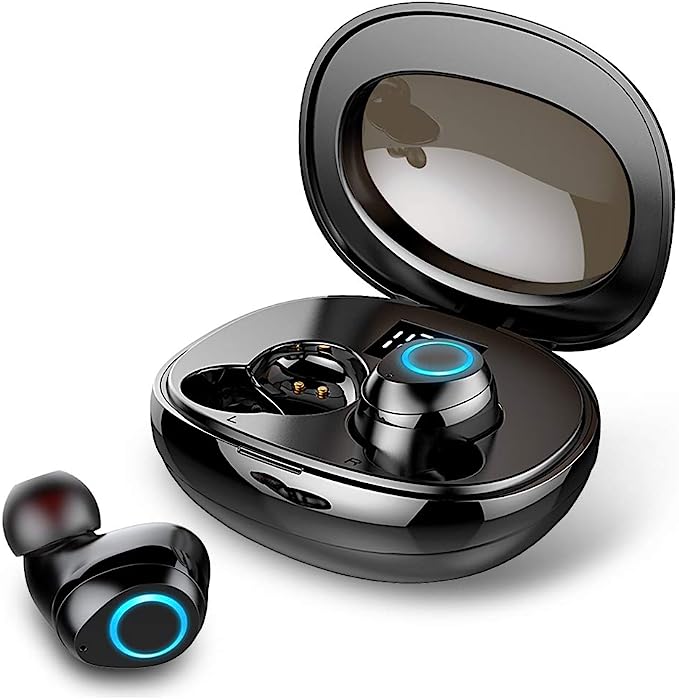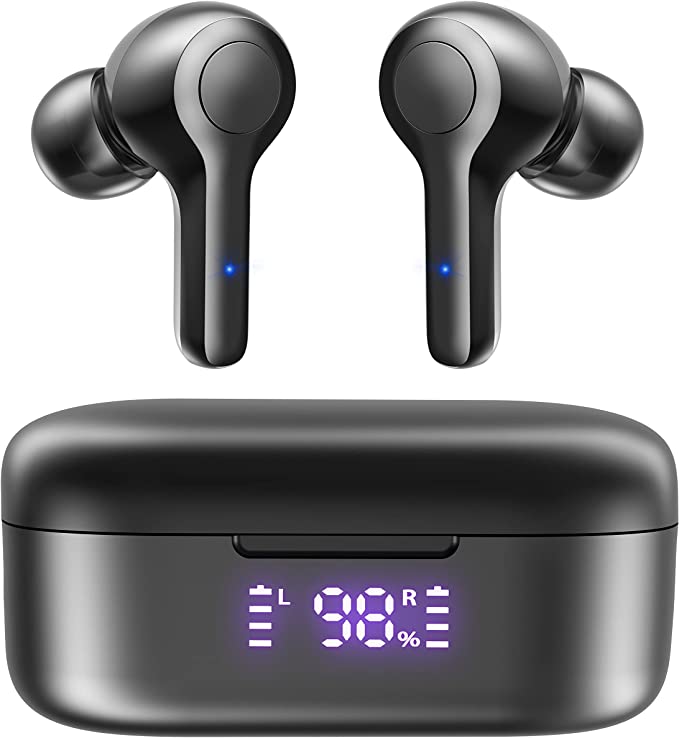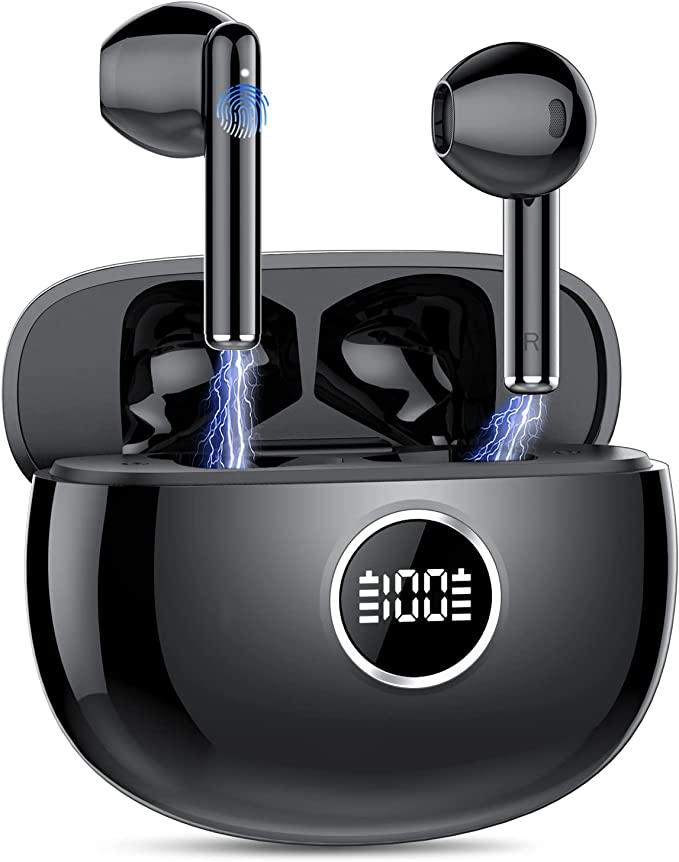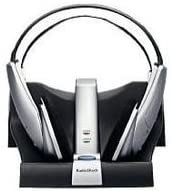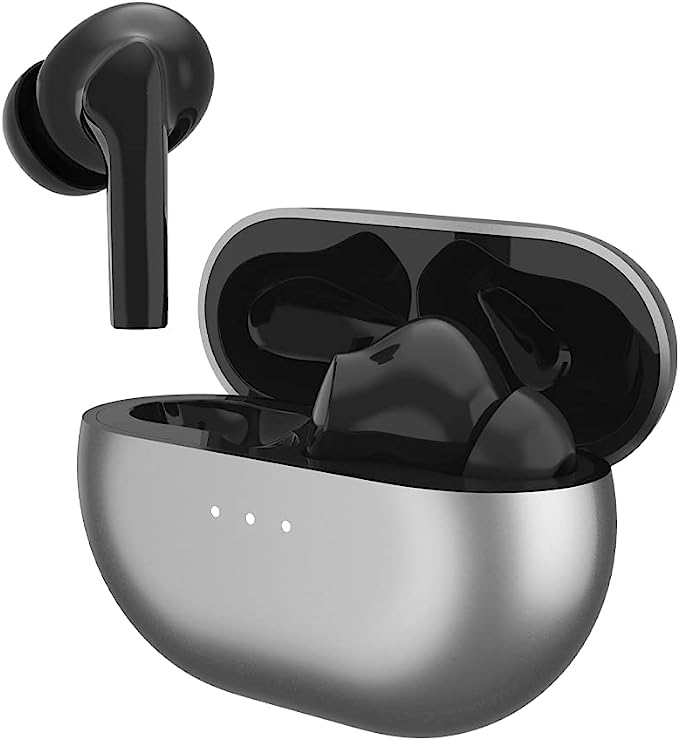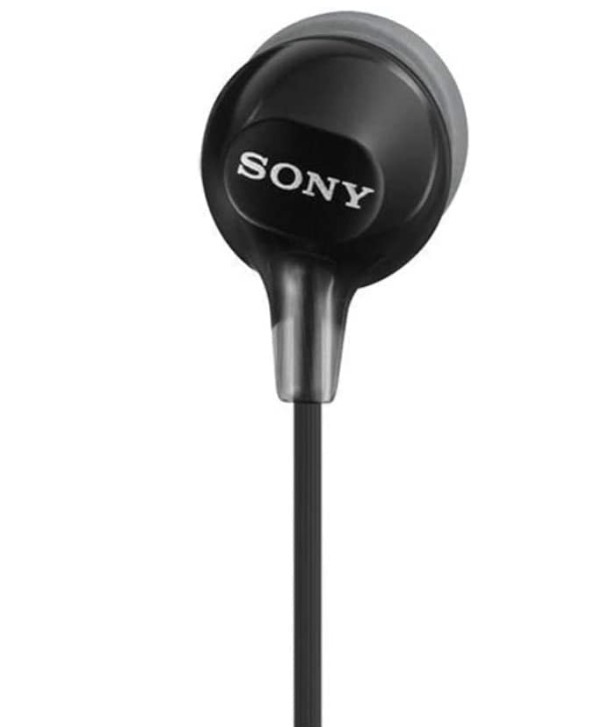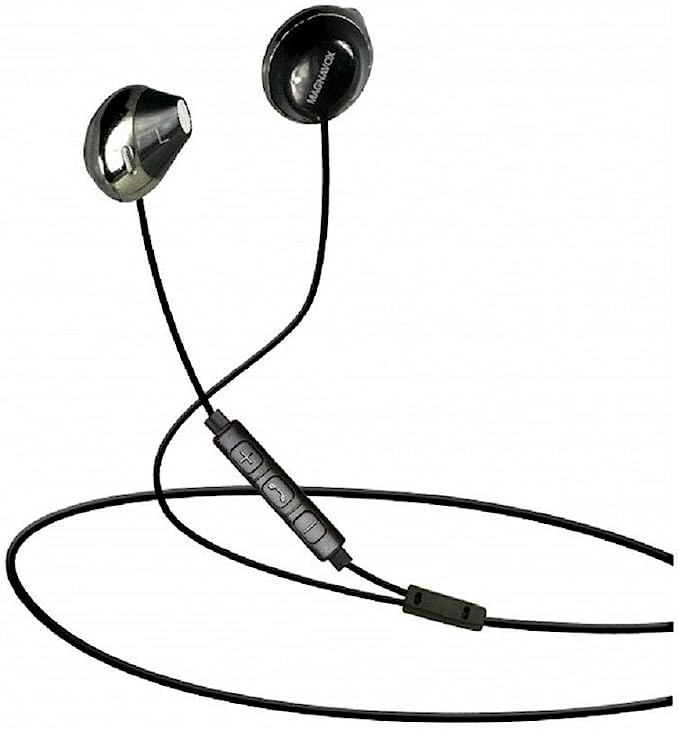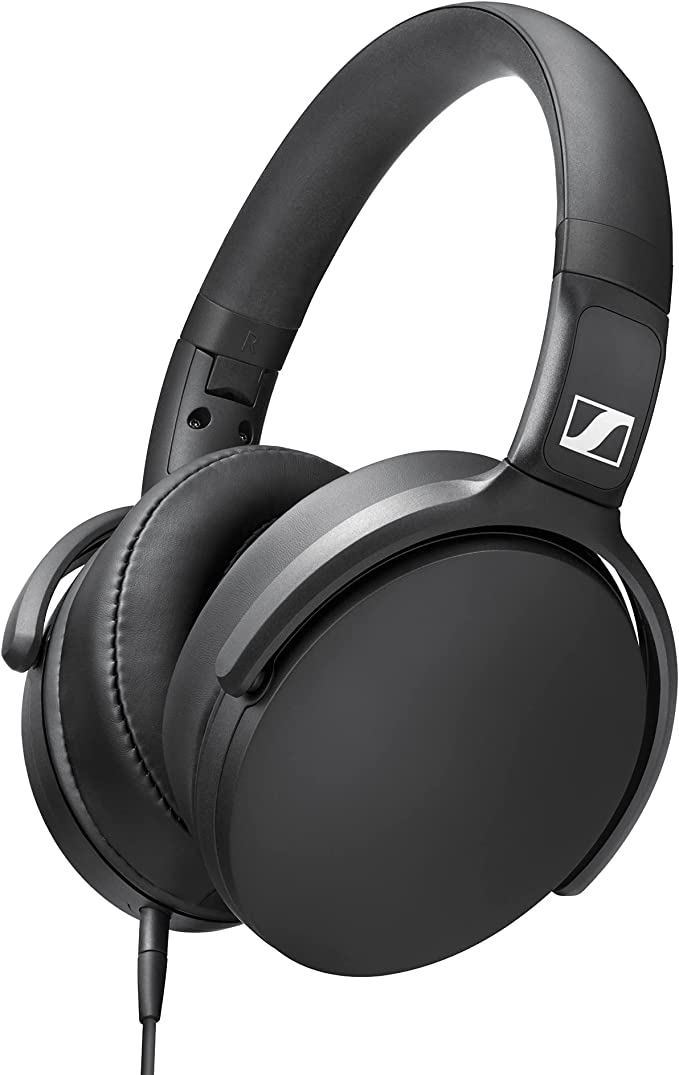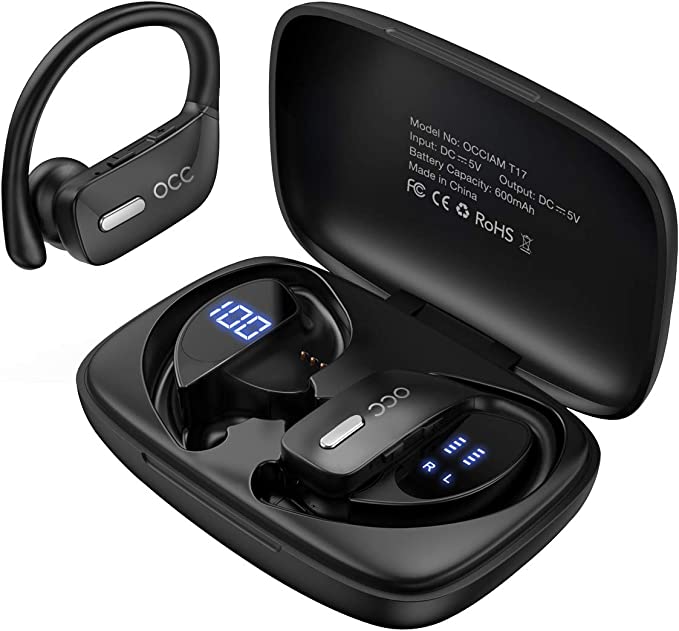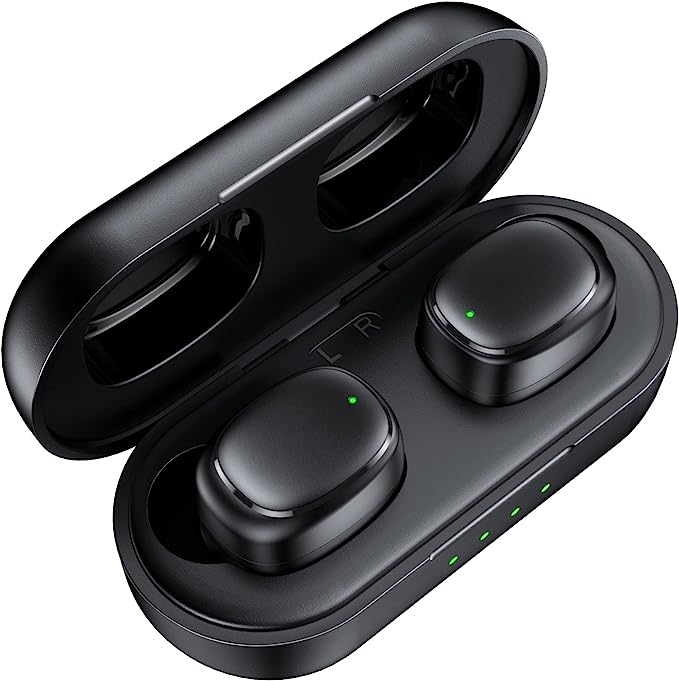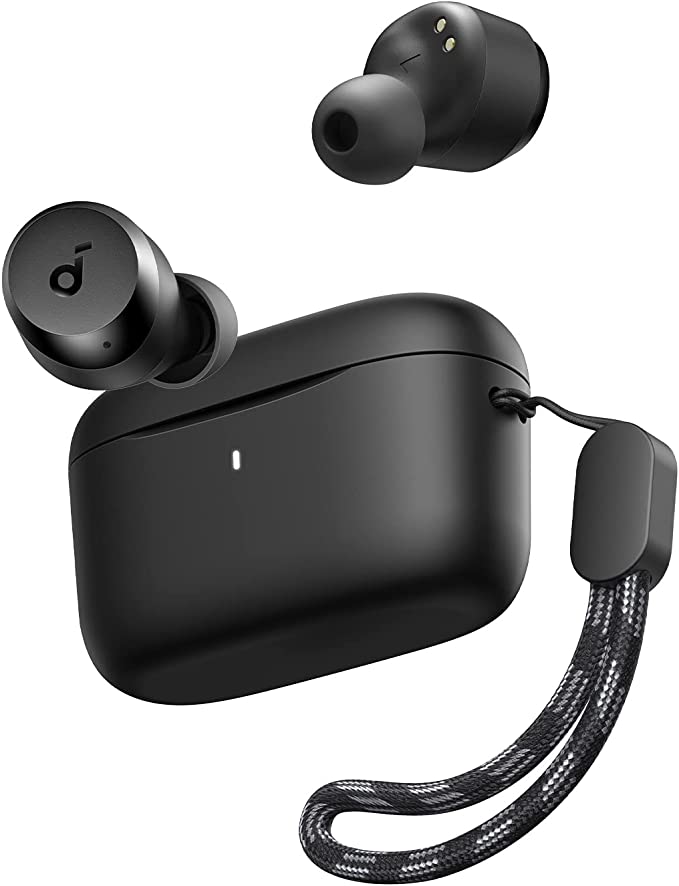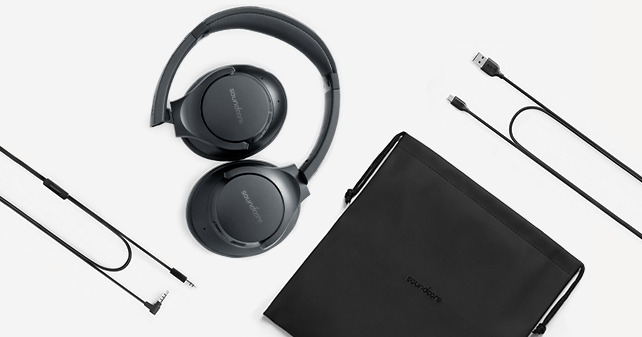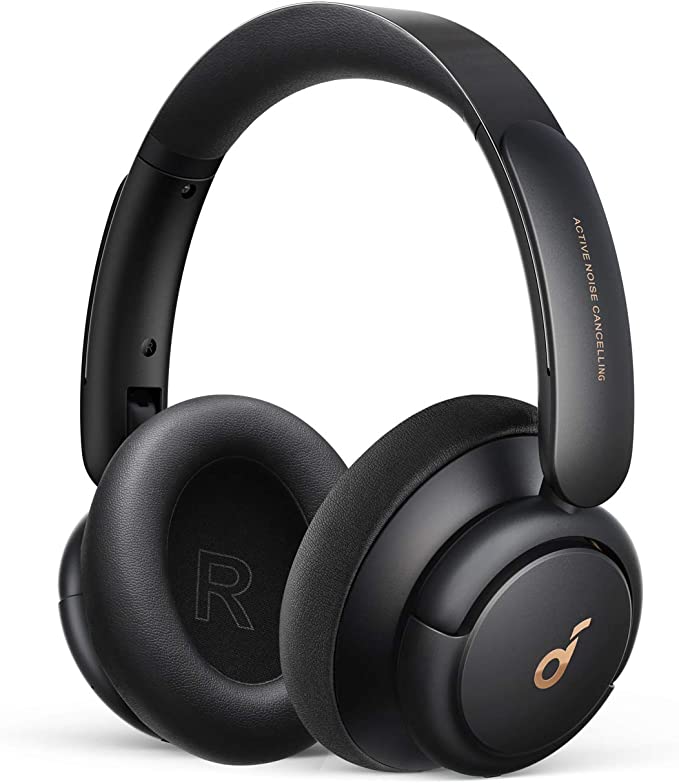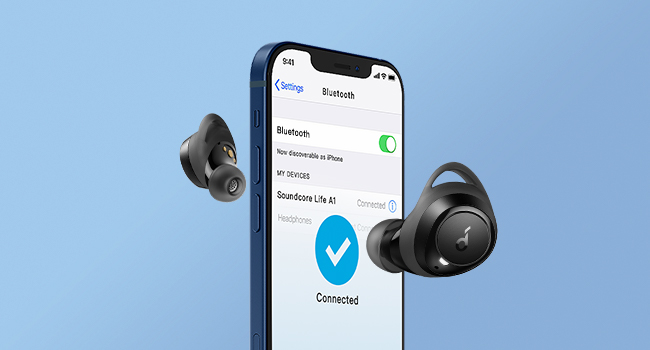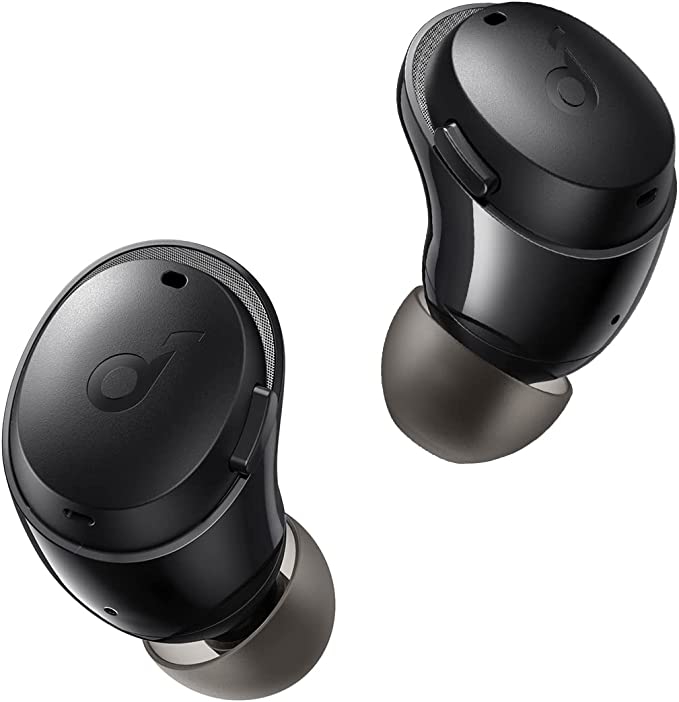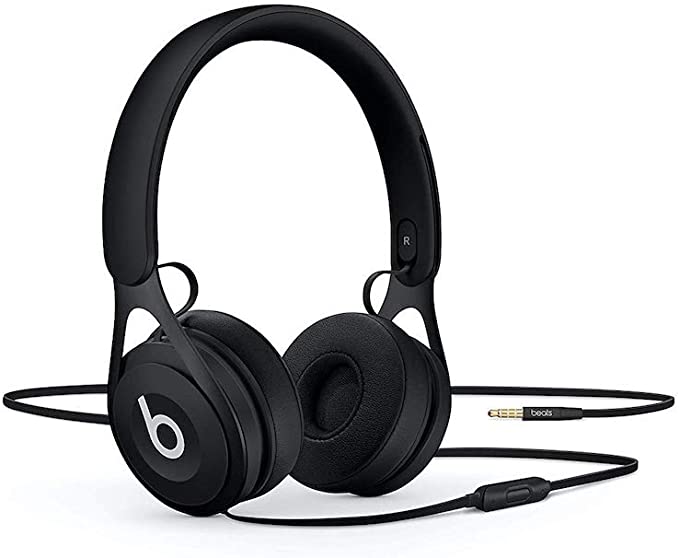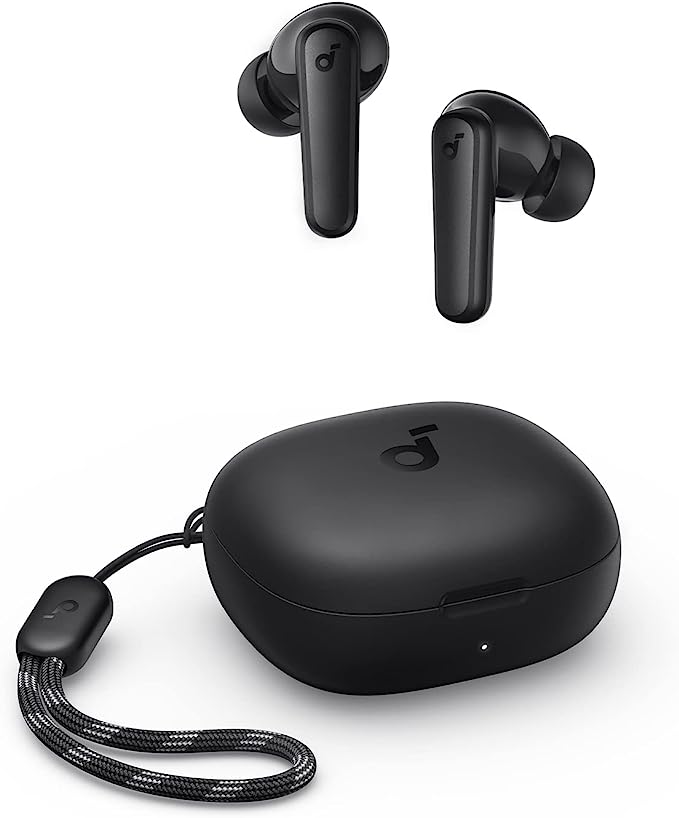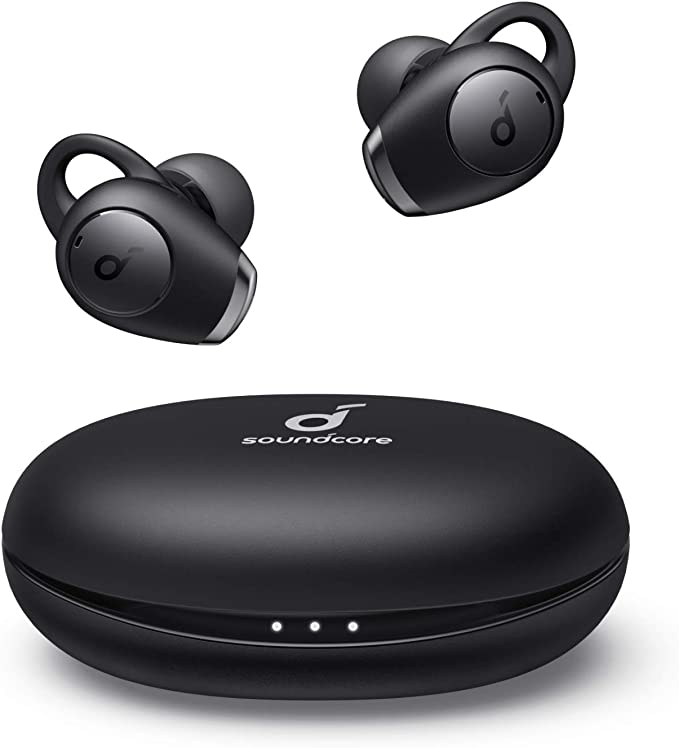Seatosea S9 Long Cord Earplug Headphones: High-Quality Sound on a Budget
Update on July 5, 2025, 4:48 a.m.
There’s a memory many of us of a certain age share. It’s the feeling of being physically anchored to a Sony Walkman, the thin, black headphone cord a lifeline to a private world of mixtape anthems and teenage angst. That wire was both a gateway to freedom and a literal tether. It dictated how you could move, snagged on doorknobs, and tangled into impossible knots in your pocket. The dream wasn’t to eliminate the wire, not yet, but simply to have more of it—enough to recline on the couch while the stereo spun a record, or to lean back in a chair without yanking the plug from the family’s desktop computer.

Decades later, in an era dominated by Bluetooth and ethereal connectivity, the humble wired earbud persists, and with it, that age-old desire for a longer leash. Enter the Seatosea S9 Long Cord Earplug Headphones. On the surface, it’s the straightforward solution to that nostalgic problem. Offered in generous lengths up to nearly 10 feet, it promises to bridge the distance between you and your TV, your gaming console, or your electronic instruments. It’s a simple device, for a simple need.
Its design is a collection of familiar, time-tested technologies. The 3.5mm jack is an old, reliable friend. Inside each earpiece, a 10mm dynamic driver—a miniature speaker perfected over a century—vibrates to create sound. The in-ear design, when fitted with the proper silicone tip, creates passive noise isolation, a neat trick of physics that uses a physical seal to block out the world and deepen the bass. It’s all supposed to be as predictable and safe as a vinyl record. It should just work.
But buried in the digital feedback loop of online reviews, a ghost of electricity’s past flickers to life. A user in March of 2023 reports, “it sends periodic shocks into your ear.” Another, a year prior, laments, “These things pick up a lot of static electricity, and I’m constantly getting shocked in my earholes.” The reports are too consistent to be isolated incidents. In an age where our phones can charge through thin air, how can a simple, unpowered wire deliver a painful jolt directly into one of the most sensitive parts of the human body? The answer, it turns out, is a fascinating tale of forgotten physics and modern compromise.

Demystifying the Phantom Zap
What these users are experiencing is one of the oldest and most fundamental phenomena in physics: static electricity. Most of us know it as the “zap” from a doorknob after shuffling across a carpet in winter, or the crackle of a sweater being pulled over your head in the dark. The scientific term is the Triboelectric Effect, which is just a fancy way of saying that when certain materials rub against each other, electrons can jump from one to the other, creating a charge imbalance. Your body becomes a walking capacitor, holding a small electrical charge, eagerly waiting for a place to discharge it.

Usually, this discharge is harmless, if startling. But the design of an earbud like the S9 can create a perfect storm for a deeply unpleasant experience. Think of it as a three-act play.
Act I: The Accumulator. As you move, the long TPE plastic cable rubs against your clothing. This friction is the engine of our play, building up a static charge along the cable and your body, just like your sock-clad feet on the wool carpet. The extra-long cord offers more surface area and more opportunity for this charge to accumulate.
Act II: The Conductor. The charge needs a way to escape to a place of lower potential. Enter the villain, or rather, the unwitting accomplice: the metal housing of the earbud. Metal is an excellent conductor. It’s the doorknob in our carpet scenario. It gathers the static charge that has built up and holds it, ready to be released.
Act III: The Discharge. The final, painful act occurs when you place that conductive metal tip into your ear canal. Your ear is a warm, slightly damp environment—a near-perfect pathway to ground. The instant the metal touches your skin, the stored static electricity leaps across the gap, delivering its entire payload in a single, sharp jolt.
What’s missing from this play is the hero: proper electrical shielding. In a well-designed cable, the delicate wires carrying the audio signal are wrapped in a conductive mesh or foil layer. Think of this shield as a bodyguard. Its main job is to protect the audio signal from outside electrical interference, preventing hums and buzzes. But its crucial secondary job is to act as a safe-conduct path for any stray static charge, harmlessly routing it to the ground of the device rather than letting it build up. The consistent reports of shocks from the S9 strongly suggest that this fundamental safety layer may be insufficient or improperly implemented, likely as a cost-saving measure.

An Echo of Engineering’s Past
This isn’t a new problem. The earliest pioneers of radio and telephone technology battled relentlessly with electrical noise, interference, and improper grounding. The history of electronics is, in many ways, the history of learning how to tame stray electrons. That a product in the 2020s could exhibit such a fundamental flaw is a stark reminder that in the global race to the bottom on price, foundational engineering principles can be overlooked. Somewhere in the vast, complex supply chain, a decision was likely made where the few cents saved by skimping on proper shielding was deemed worth the risk.

The Seatosea S9 thus becomes more than an earbud; it’s a fascinating artifact. It is both a practical solution to a decades-old desire for more freedom of movement and a cautionary tale written in the simple language of physics. It tells us that no matter how sophisticated our gadgets become, they are still subject to the immutable laws that governed the first spark gaps and Leyden jars.
In our rush to embrace the next wireless wonder, we’ve forgotten to ask some of the oldest, most important questions about the simple technologies we still use every day. The story of this shocking little earbud reminds us that the most vital feature of any product isn’t its spec sheet or its price tag, but the silent, invisible engineering that ensures it works not just well, but safely.
